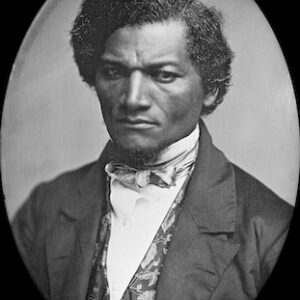Tag: Akron OH
Wikipedia says: Akron is the fifth-largest city in the U.S. state of Ohio and is the county seat of Summit County. It is located on the western edge of the Glaciated Allegheny Plateau, about 40 miles (64 km) south of downtown Cleveland.
The city was founded by Simon Perkins and Paul Williams in 1825 along the Little Cuyahoga River at the summit of the developing Ohio and Erie Canal. The name is derived from the Ancient Greek word ἄκρον : ákron signifying a summit or high point.
History
In 1811, Paul Williams settled near the corner of what is now Buchtel Avenue and Broadway. He suggested to General Simon Perkins, who was surveyor of the Connecticut Land Company’s Connecticut Western Reserve, that they found a town at the summit of the developing Ohio and Erie Canal. The name is adapted from the Greek word ἄκρον (ákron), meaning summit or high point. It was laid out in December 1825, where the south part of the downtown Akron neighborhood sits today. Irish laborers working on the Ohio Canal built about 100 cabins nearby.
After Eliakim Crosby founded “North Akron” (also known as Cascade) in the northern portion of what is now downtown Akron in 1833, “South” was added to Akron’s name until about three years later, when the two were merged and became an incorporated village in 1836. In 1840, Summit County formed from portions of Portage, Medina, and Stark Counties. Akron replaced Cuyahoga Falls as its county seat a year later and opened a canal connecting to Beaver, Pennsylvania, helping give birth to the stoneware, sewer pipe, fishing tackle, and farming equipment industries. In 1844, abolitionist John Brown moved into the John Brown House across the street from business partner Colonel Simon Perkins, who lived in the Perkins Stone Mansion. The Akron School Law of 1847 founded the city’s public schools and created the K–12 grade school system, which currently is used in every U.S. state. The city’s first school is now a museum on Broadway Street near the corner of Exchange.
When the Ohio Women’s Rights Convention came to Akron in 1851, Sojourner Truth extemporaneously delivered her speech named “Ain’t I A Woman?”, at the Universalist Old Stone Church. In 1870, a local businessman associated with the church, John R. Buchtel, founded Buchtel College, which became the University of Akron in 1913.
Ferdinand Schumacher bought a mill in 1856, and the following decade mass-produced oat bars for the Union Army during the American Civil War; these continued to sell well after the war. Akron incorporated as a city in 1865.
Showing the single result
